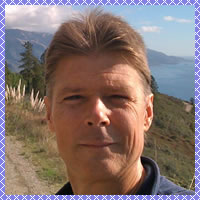      

Paul Simpson LMT

Promote Your Page Too
Google+ |
NeuroMuscular Therapy has its roots in America in the work of Dr. Janet Travell and Raymond Nimmo DC.
It was during Dr. Travell's time studying arterial diseases at Beth Israel Hospital in New York as a Josiah Macy, Jr. Foundation fellow (1939-1941) that she became absorbed in the problems of skeletal muscle pain. Dr. Travell is credited with having first used the phrase "trigger point" in print in 1942 to describe a clinical finding with the following characteristics:
- Pain related to a discrete, irritable point in skeletal muscle or fascia, not caused by acute local trauma, inflammation, degeneration, neoplasm or infection.
- The painful point can be felt as a nodule or band in the muscle, and a twitch response can be elicited on stimulation of the trigger point.
- Palpation of the Trigger Point reproduces the patient's complaint of pain, and the pain radiates in a distribution typical of the specific muscle harboring the Trigger Point.
- The pain cannot be explained by findings on neurological examination.
|
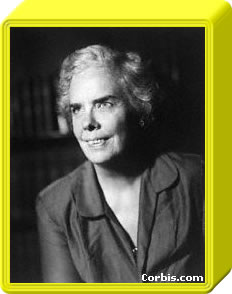
Dr. Janet Travell |
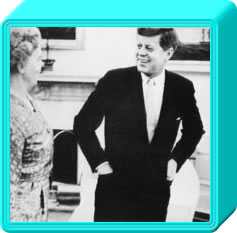 |
In 1955, Senator John F. Kennedy, who had failed to recover from major back surgeries related to injuries he suffered in World War II, walked into the office of Janet G. Travell, MD, with the aid of his crutches. Travell was able to locate muscular sources for his chronic pain, and relieve it. Three hours later, he walked out of her office without the use of his crutches, and told Dr. Travell that when he became president, he would like her to come to the White House and be his physician. Without the medical expertise of Dr. Travell, Kennedy and his family were convinced that he would not have been able to further his political aspirations. When Kennedy won the Presidential race in 1960, Dr. Travell became the first woman to serve as White House Physician. Her treatments also included the use of a rocking chair to help alleviate pain, which led to the popularization of the furniture piece among Americans. She continued to serve as Personal Physician to the President when Lyndon B. Johnson was elected, but decided to leave the White House in 1965. |
Throughout her work Travell advanced the theory that pain experienced in one part of the body is actually caused by an injury or dysfunction in another part of the body. Ultimately, she mapped what she termed the body's trigger points and the manner in which pain radiates to the rest of the body.
|
Raymond Nimmo, a chiropractor graduating from the Palmer School in 1931, had developed a receptor-tonus theory based on hypertonicity of soft tissue. He came across the trigger point theories of Dr. Travell, and noted that these noxious points coincided with his own soft tissue findings.
Over the next several decades, a step-by-step system began to emerge, supported by the writings of Janet Travell M.D. and David Simons M.D.. Travell and Simons' two volume set of textbooks, Myofascial Pain and Dysfunction: The Trigger Point Manual (upper body published in 1983, lower body in 1992) impacted the medical, dental, massage and other therapeutic communities with documentation, research and references for a whole new field of study - Myofascial Trigger Points. |
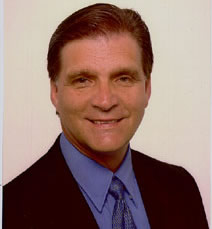
Paul St. John |
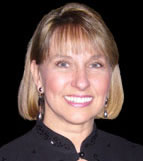
Judith DeLany |
In the late 70's, one of Nimmo's students, Paul St. John, began teaching his own treatment protocol, based on Nimmo's work . In the mid 80's, Judith (Walker) DeLany became St. John's first additional instructor of his method of NeuroMuscular Therapy. DeLany (then Judith Walker) worked with St. John for five years (1984-89), where she assisted in the development of NMT techniques and protocols for massage therapy application. In 1989, the two separated the work into two styles - NMT St. John Method and NMT American Version. Both systems still retain a strong focus on Nimmo's original material, although both developers have significantly influenced their own particular methodology with unique insights and new techniques. |
|
   |
|
